CREATING A DIFFERENCE FOR THE APPALACHIAN NATIONAL SCENIC TRAIL
Attracting and Nurturing a Diverse Array of Volunteers
The Opportunity
Appalachian Trail Conservancy’s (ATC) mission is to protect, manage, and advocate for the Appalachian Trail – the longest hiking-only footpath in the world, passing through 14 states and ranging from Maine to Georgia.
For over 20 years, the ATC has nurtured a large volunteer network that they rely on to support the work of protecting and maintaining the trail and providing other necessary services for the organization.
ATC’s volunteer program is community focused, and they were looking for a way to update their branding and marketing efforts to better reflect this. We were eager to work alongside them to develop a marketing strategy that speaks to the onward and upward spirit of their volunteer program, and to successfully reach a wider community of volunteers.
After more than 20 years, it was time for a branding and marketing refresh.
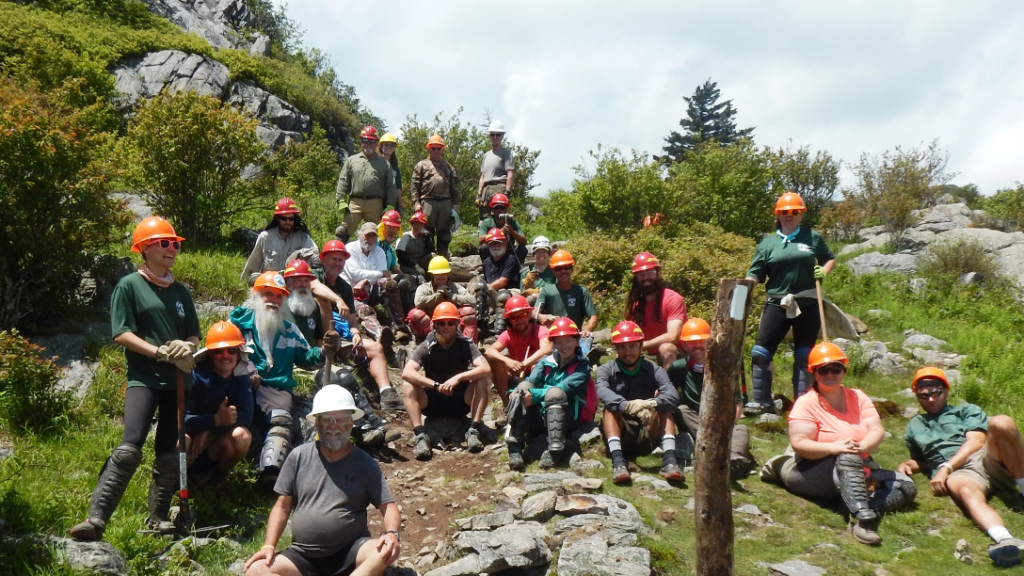
The Goal
ATC has a long and rich history of volunteerism behind them, but they were also looking toward the future.
Our goal was to help them clearly articulate the direction of their volunteer program, with input from their community, so that we could develop strategies and resources to support their outreach to new and current volunteer audiences with messages that accurately reflected their work today.
Our work together focused on two main areas: Audience Development and Developing a New Brand, with some additional work in marketing strategy and SEO.
In order to begin, we needed to better understand ATC’s current volunteer community and gather input from stakeholders at all levels.
So, we hosted a series of “community conversations,” or focus groups, to more deeply understand what being an ATC volunteer meant to those who were already involved – what brought them in and what kept them engaged.
Through these conversations emerged themes of community and responsibility – elements which would be critical for determining how to formulate the brand moving forward.
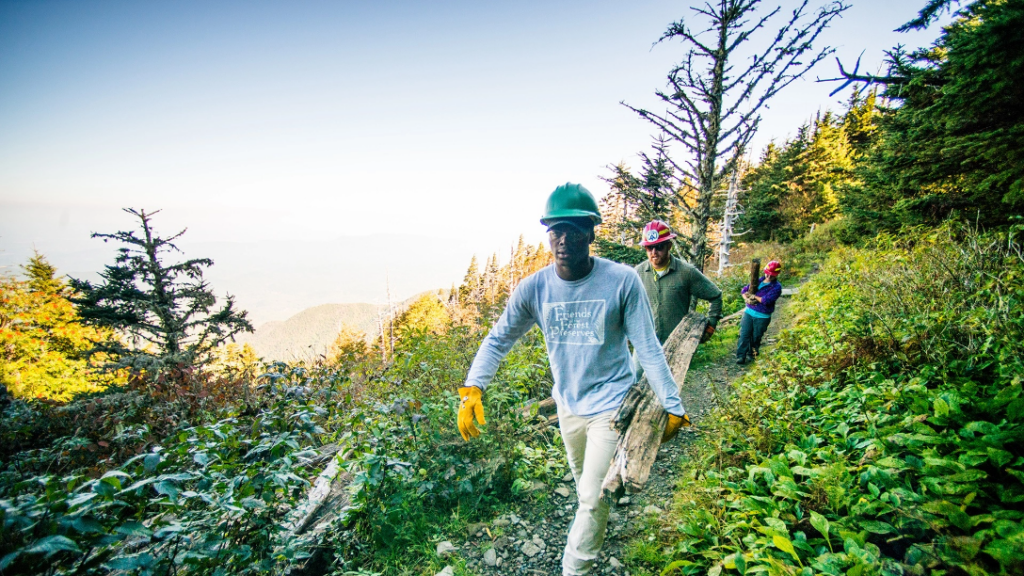
Equipped with volunteer insights and voices, we moved into a process of Audience Development.
This involved taking the uncovered high-level beliefs about ATC, the trail, the community, and the work of volunteers and sorting them into 5 categories of audiences – Aware, Interested, Participating, Engaged, and Leadership. We then outlined a detailed “customer journey” and relevant marketing approaches for each.
This sort of matrix provides not only a deep understanding of an organization’s audiences, but also a pathway for engagement that is meaningful and effective for each segment’s specific level of engagement.
Aware
Interested
Participating
Engaged
Leadership
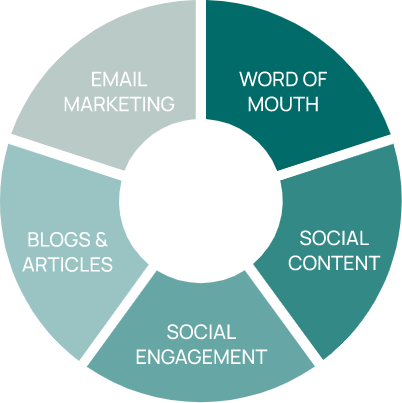
Next, we offered a Channel Evaluation for a more tactical look at how different marketing channels could be used within each audience segment.
This is complete with recommendations on which marketing channels are likely to be most effective and impactful for each segment of their audience at each stage in their journey – from understanding the problem they are trying to solve all the way through to recommending their experience to others.
Once we had a far deeper understanding of what makes the ATC Volunteer program meaningful and outlined specific strategies for specific audience segments, we used our insights to refresh their volunteer logo to create better visual brand alignment.
Creation of a new logo for the ATC team was representative of their move toward marketing themselves in a way that reflected their more diverse audience of environmentally conscious volunteers and their welcoming, inclusive, and impact-driven community.
Their original logo of 20 years utilized an image from the Springer Mountain plaque, with the word “volunteer” added across the bottom.


In the process of developing the new logo, we sought to incorporate concepts described by volunteers in their experience with the organization. Ideas like:
- Community
- Age Diversity
- Racial and ethnic diversity
- Gender diversity
- Taking action with others (group/community work)
- Leadership opportunities
The new ATC Volunteer logo incorporates these concepts alongside elements of color, landscape, community, and tradition into a cohesive design that represents what it really means to be an ATC volunteer.


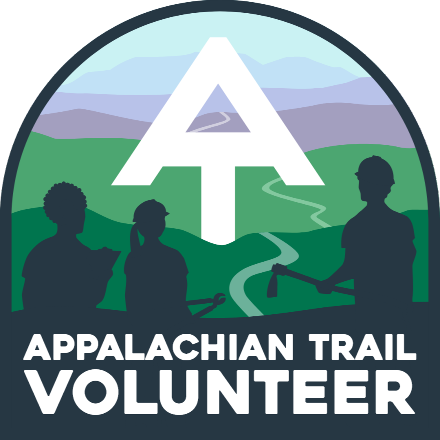


The Results
Any time an organization is re-imagining their brand or avenues of connection with their audiences, it’s important to take the time to garner input from all of the stakeholders and community members you can.
By listening to their community of volunteers in focus groups, asking questions, and being open to change, the ATC team and Wayward Kind successfully crafted a brand that showcases an invitation for all varieties of people to see themselves as ATC volunteers.
By defining what it means to be an ATC Volunteer, ATC can more effectively reach new volunteers, expand the engagement of existing volunteers, ensure volunteer-related messaging is in sync with the overarching message of the organization, and engrain storytelling as part of their brand to speak to true and impactful volunteer experiences.
And finally, knowing their audience allows the ATC team to craft content that is inviting, empowering, and clear – leading volunteers into new horizons of protection and maintenance of the Appalachian Trail for years to come.
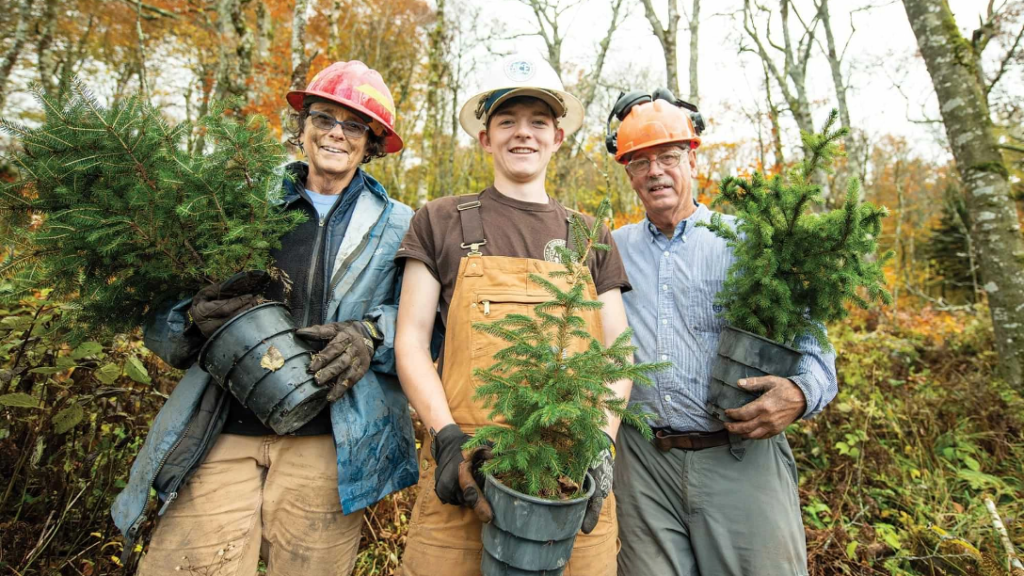

“I worked with Jules on two separate projects recently, centered on marketing strategy and a brand update. Jules and her team brought extensive expertise and professionalism to the project. She committed to deep exploration of complex facets of our organizational structure, held a lot of stakeholder conversations due to the nature of our organization’s collaborative partnerships, and provided amazing end products for which we are very, very proud.
Thank you, Jules, for being the shot in the arm we needed to boost our efforts and continue making a BIG positive impact in this world.”
LEANNA JOYNER
Senior Director for Partnerships and Trail
Operations at Appalachian Trail Conservancy
MEET MORE OF THE WAYWARD KIND:

How do we operationalize race equity in the workplace?
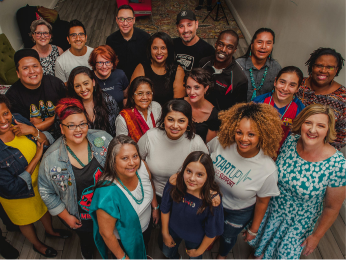
What does relationship-driven marketing look like at scale?
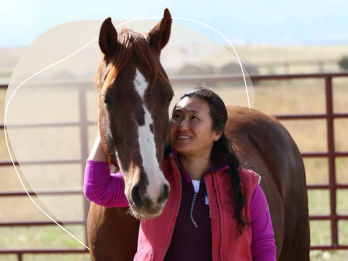
How do we create a world where connected relationships are the norm, not the exception?


